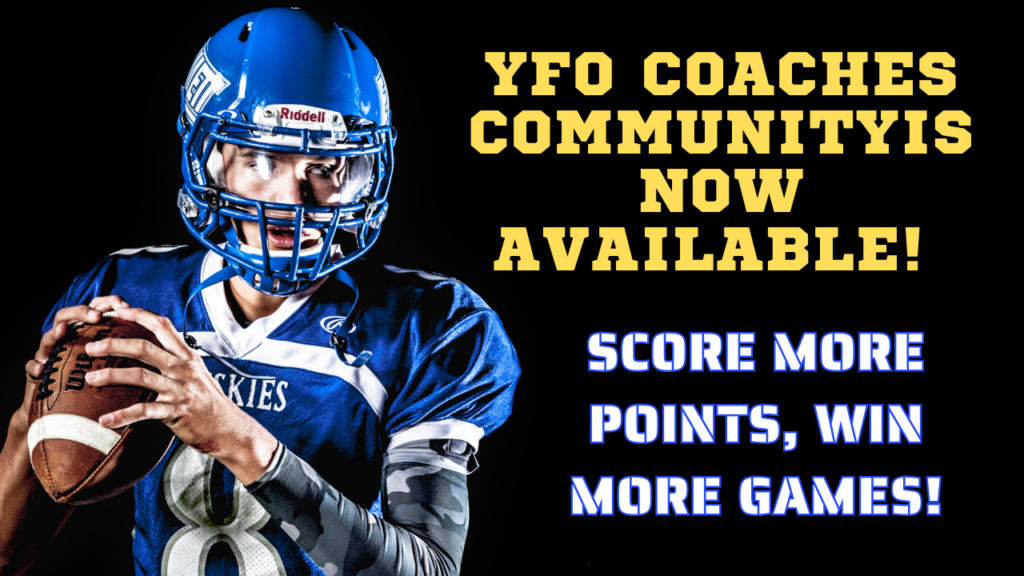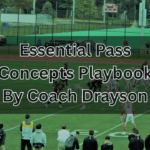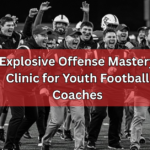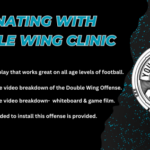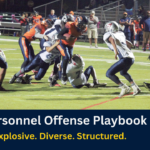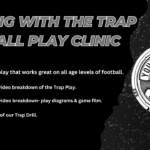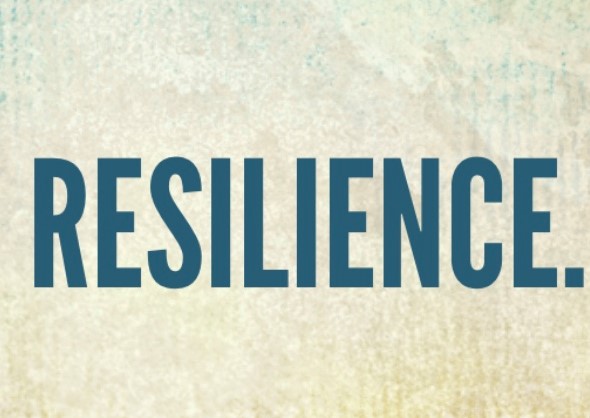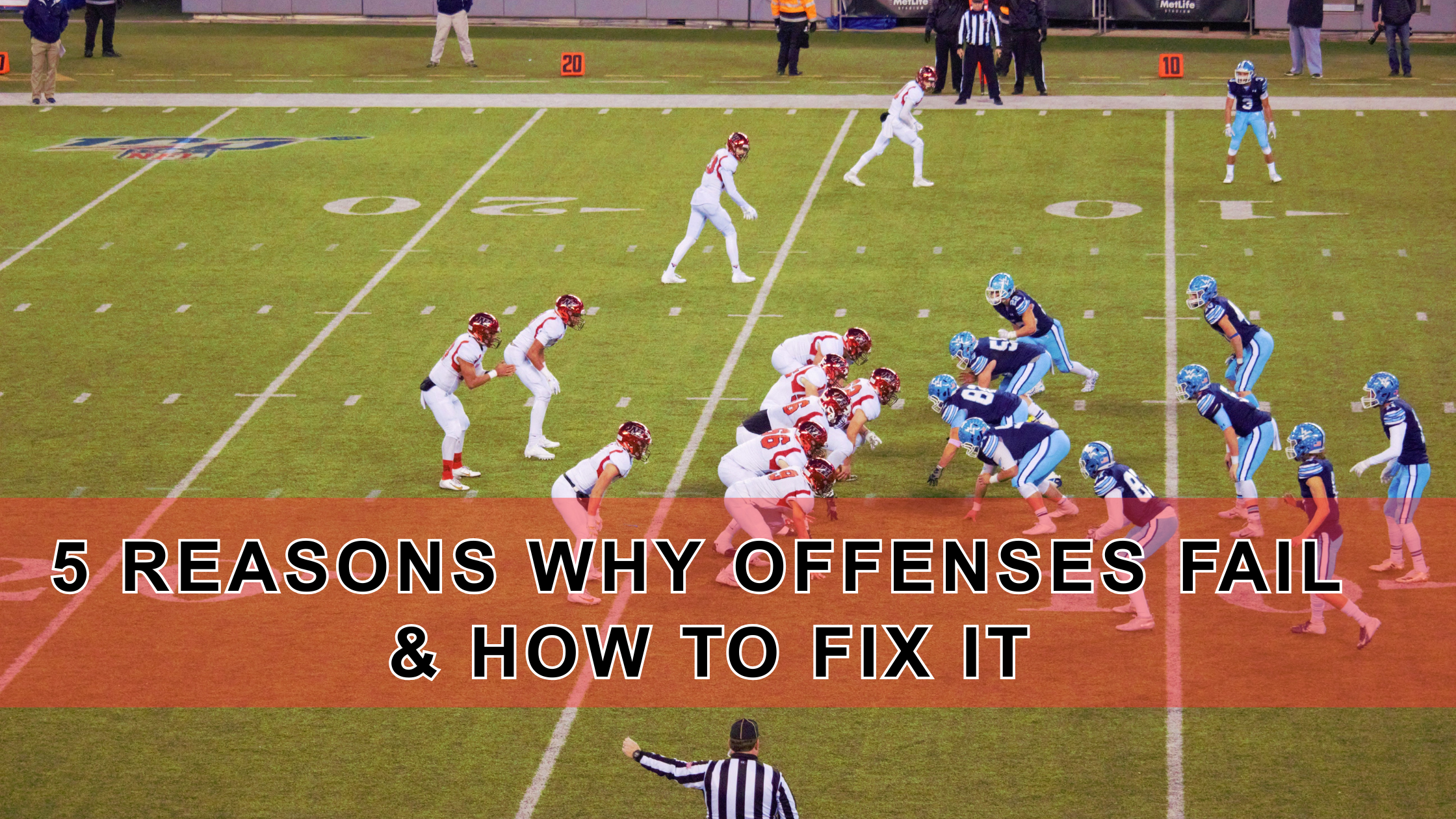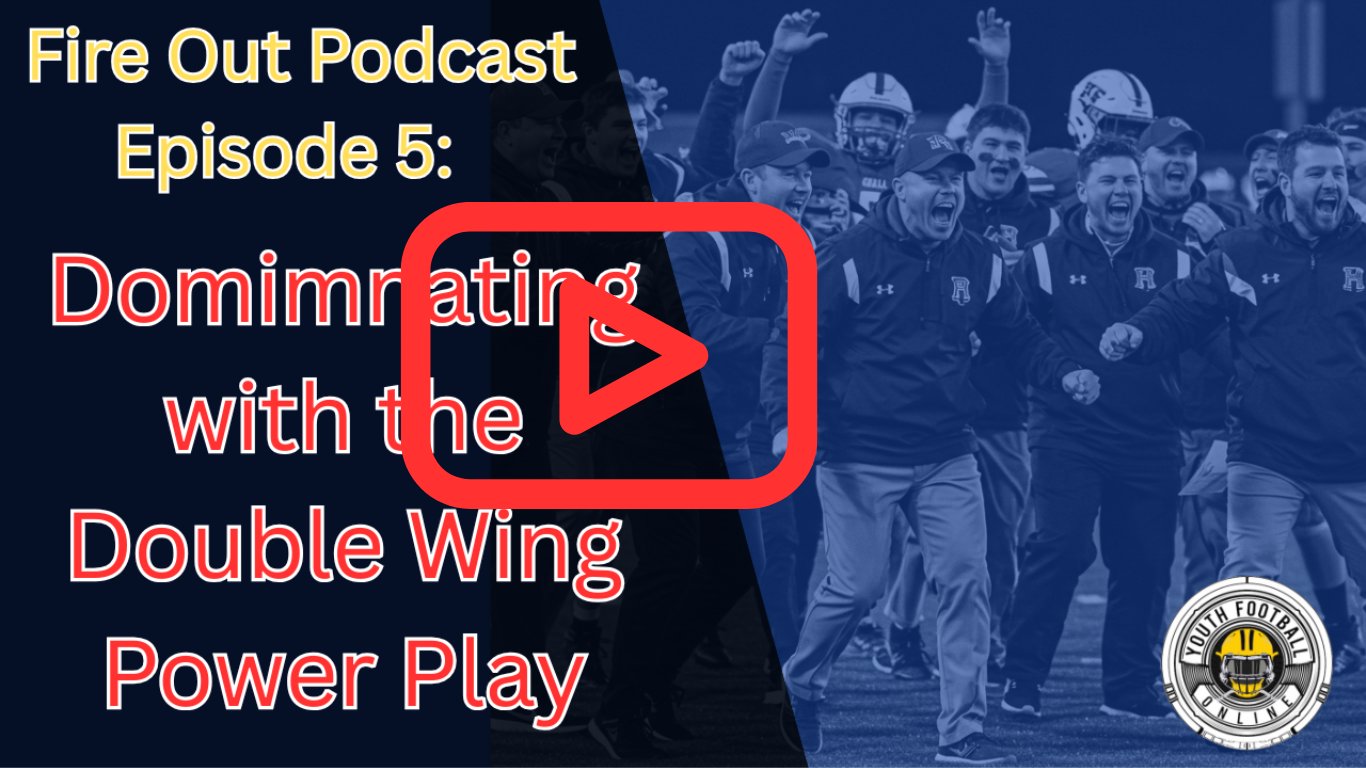Creating Mindful Practice Habits
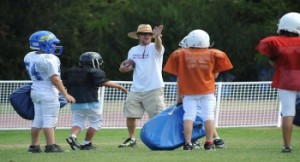
“Practice does not make perfect, perfect practice makes perfect.”
This age old quote highlights the importance of mindfulness in practice. The current wave in sports coaching is to get players as many reps of a drill as possible. While the number of reps is important, the top indicator of how much improvement is made in those reps is the attention to detail and. I use the term mindfulness to highlight the importance of athletes focusing on the details of the drill and how it applies to their role in the game.
Creating Mindful Practice Habits
The best way to highlight the impact of mindfulness is by using an example from the weight room. This exercise is very effective in getting athletes to understand the importance of focusing on the intent of an exercise or drill. I will take a player and tell him to do a set of barbell curls. The effect is that the athlete normally does the curls very quickly trying to show off to his team mates how easy he can lift the weight. The next time I tell the athlete to close his eyes and for this set to focus on lifting the weight with just his bicep. The effect is an immediate improvement in his technique and the weight slows down. At the end of the set the athlete’s muscle is exhausted regardless of the weight.
While mindfulness has a huge gain when it is implemented in the weight room it has an even bigger effect when it is correctly applied to a football practice. The idea of a mindful football drill is that each athlete knows the purpose of the drill, the desired outcome of the drill and how the skill they are working on will apply to the game. When players, units and teams are able to practice mindfully they experience exponential growth in both their skills and performance.
The most important part of creating mindful practice habits is implementing it and getting players to buy in. The best way to encourage mindful practice habits is by letting the players know the goal of the drill and how it will improve their performance. This is normally best done in the film room before practice but it is easy to do on the fly at the start of the drill. There are a million different ways to do this but some popular ones include discussing if-then scenarios, having a player execute a technique and exposing why it won’t work (make sure you pick a player who can handle criticism in front of his peers) or using members of an opposite position to highlight their moves and then discuss how the drill will work to counter their move.
The teaching style does, and should, vary from coach to coach but there are a few things that must be clear to the players. The first one is why are we doing this drill. I have gone so far as to quiz players on why we are doing the drill. In their hearts all athletes want to play better, if they can see that a drill will help to make them a better player they are more likely to focus on the drill and work to improve their skills.
The second point all players need to understand is what the key elements of the technique are, or said another way, what are the coaching points. Before the drill begins I will ask the players what the coaching points for any drill are. As they think back to what they have heard they are linking previous experiences to their upcoming drill session and helping to remind each other the things they should be focusing on. It’s important to rephrase their answers into the key phrases that you use. So if a player says one of the coaching points is to use their arms in the tackle you respond with “yes, shoot the arms” or whatever specific language you use. This helps establish a clear vocabulary among the group where everyone is clear of the exact meaning of each word and phrase. When players are repeating your key phrases you know that you’ve reached them.
The final part is players need to be visualizing how they will be using this drill in the game. This is the step that separates good practice from great preparation. When players are getting ready for their rep they should be visualizing the situation and mentally putting themselves in the game. As they are doing this they are preparing their body and mind to execute the drill in the game scenario.
(See Also) Youth Football Practice Planning
(See Also) Eliminating Practice Time Wasters


